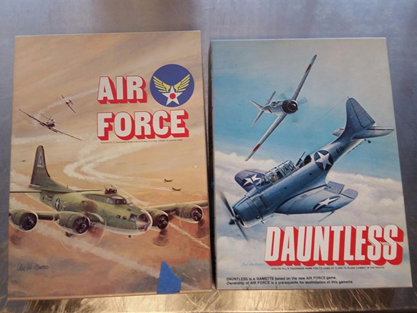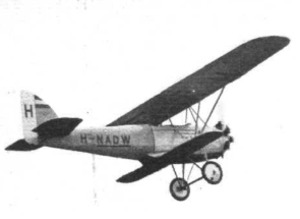I am a little suspicious of many of those climb rates, such as the P-36 outclimbing every other pre-1944 US fighter including the Hellcat and Corsair, and the Ki-44 outclimbing the Ki-84. Also no change in climb rate for advanced marks of the P-38 in spite of greatly improved engines and propellers. Climb rates for Soviet Yaks seem a little superhero-ish and the Me-109 and FW-190 seem a little low for aircraft that worried the RAF for most of the war. No climb rate data at all on that chart for the Zero.

That's because the OP is asking for single statistics for things which often don't have single answers. EVERY single one of the 'data points' he is trying to gather is in fact actually a collection of variables, or worse yet, a large set of graphs of data.
What do we want here - prototype first flown? First serial production? First use in the armed forces? First flown in combat? These dates can be a decade apart in some cases
Varies with altitude (supercharged or not? turbocharged or not? single stage or two stage? these all produce different peak power levels at different altitudes, fuel type (best possible? best usually available? Worst it will run on?). Maximum cruising power? Maximum emergency power? Even if it can only be sustained for a few minutes? and for planes in production for long time periods, on when in the production run they were made.
Varies with everything that power varies with as well as fuel loading, weapons loading, and humidity
Varies with everything that power and speed vary by, and often by an order of magnitude. A plane can be very difficult to handle, and slow to respond at low altitude, and then have great performance above 10,000 ft, or vice versas.
Varies with engine type, ammunition load, fuel load, etc.
Varied dramatically depending on what the aircraft was set up for on it's mission - ex the B 25's that Doolittle flew off the aircraft carrier hornet weighed less than 1/2 as much as B 25's equipped for short range ground attack in the European theater loaded up with massive amounts of rockets and bombs.
Again, highly variable
Depends on everything we have discussed so far, as well as pilot skill, enemy activity, and standard operating procedures of the airforce in question.
- Wing type (mono, bi, tri, etc)
What about planes with 1 1/2 wings? is this a biplane?
There are also lifting body designs, and other oddities.
- Metal, wood, cloth construction
sometimes changed - ex - the UK and USSR both had planes which came in models with all metal or with wood and cloth wings. Or what about the Mosquito? metal sheeting on a wooden frame. The Hawker Hurricane was of mixed aluminum, steel and linen construction.
It's an interesting theoretical idea to come up with a table like this, but there are good solid reasons why nobody has actually done it. There are just too many variables.



